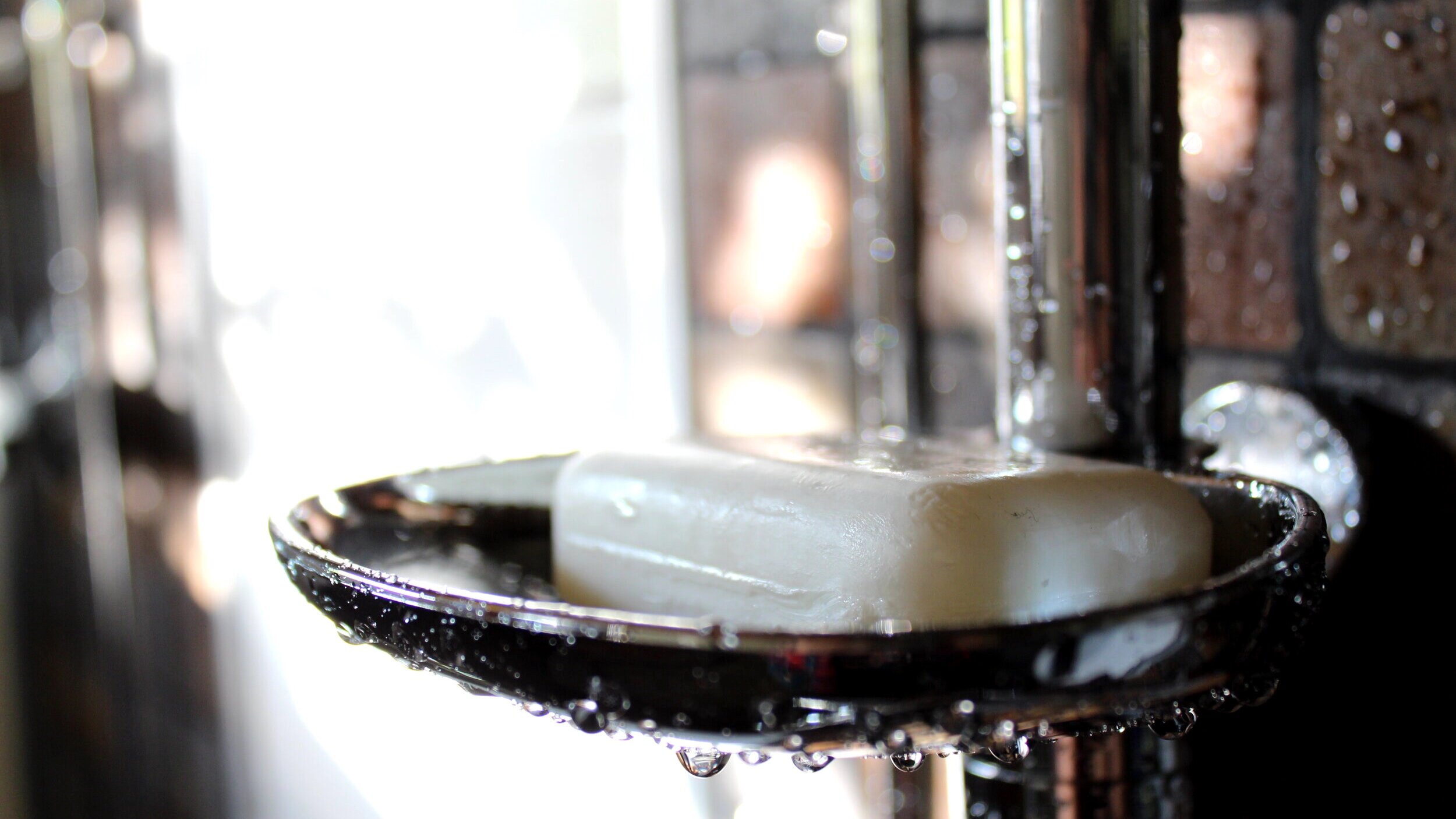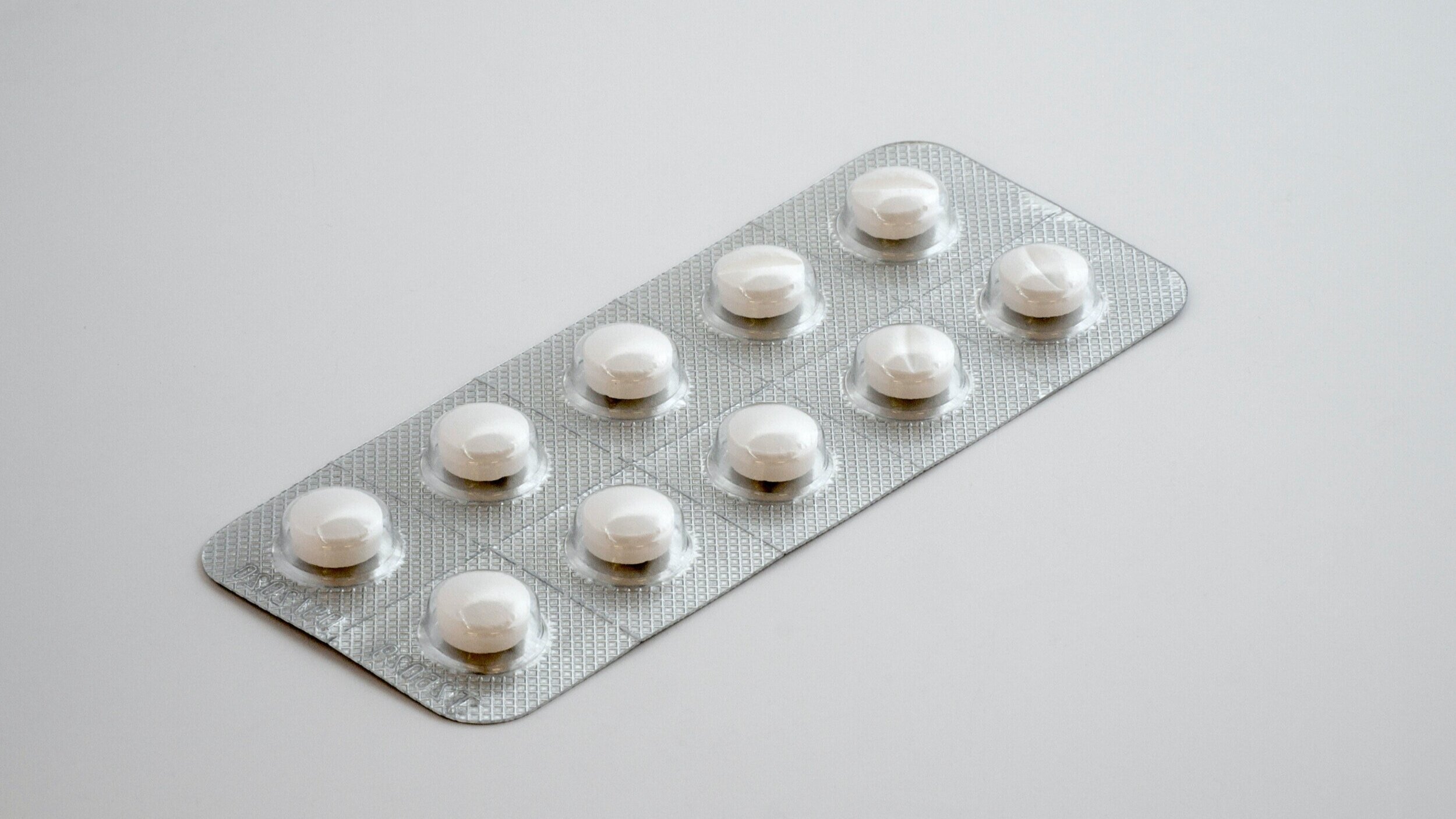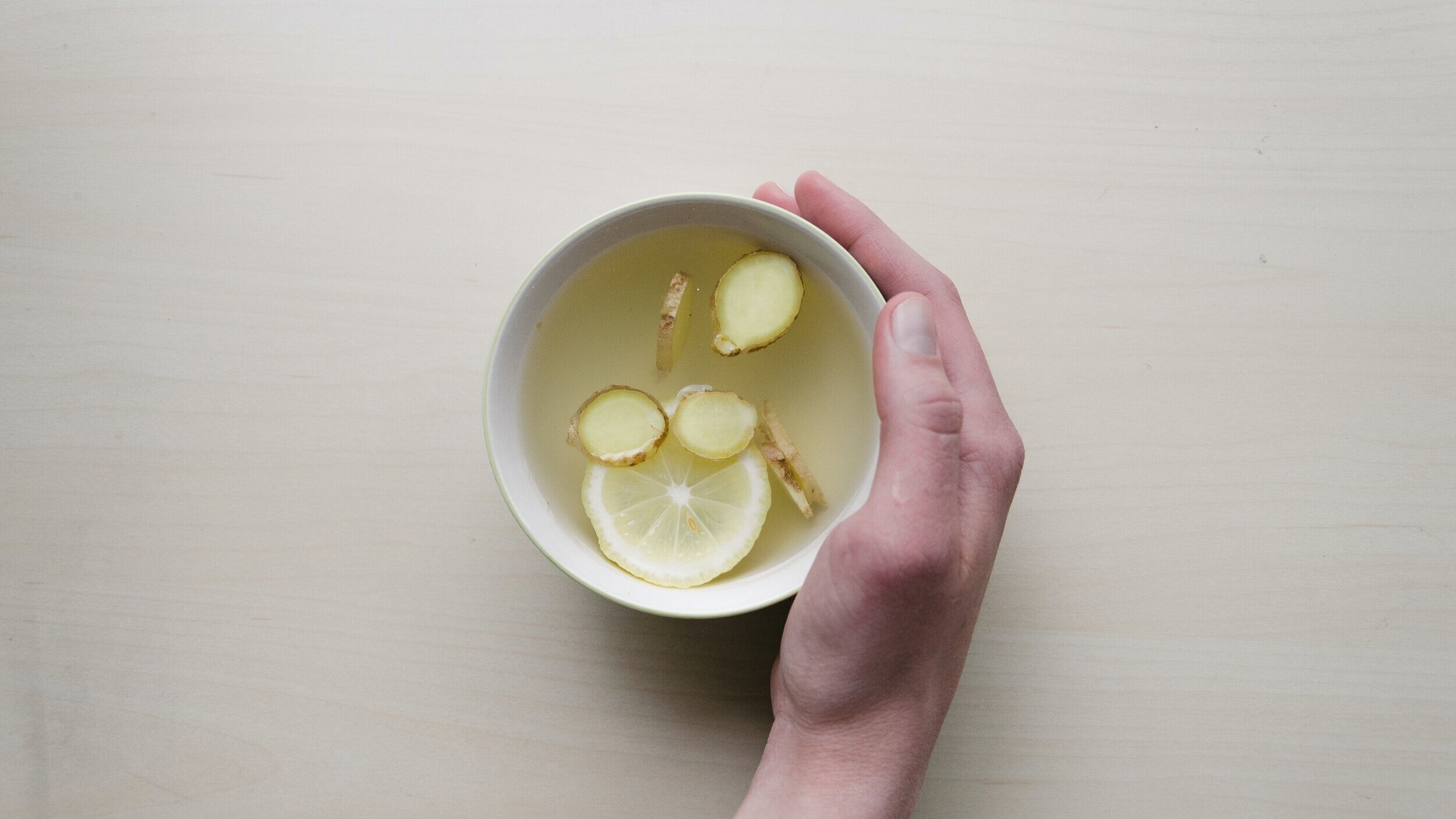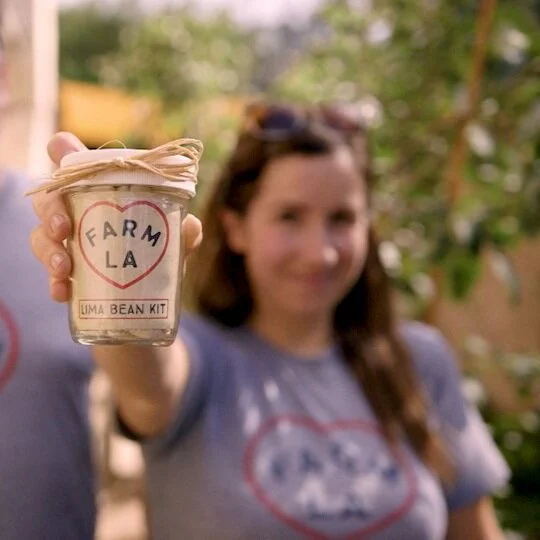Flu Relief: The Good, the Bad, and the Variable
by SAHEJ AHUJA
A throbbing head, flushed cheeks, and a runny nose—we all know the dreadful feeling of an oncoming flu. Some of us may just carry on with our usual activities and prepare to ride it out for the next week or two. However, even though there is no “cure” for the flu, the actions we take can either shorten the span and soothe the symptoms, or stretch the suffering and worsen the virus. Below are the best, the worst, and the variable things to do when sick with the flu.
Behaviors
Good
Grounding
Grounding or earthing is the transfer of the earth’s electrons to the body. This can be done by walking barefoot on the grass or lying down on the earth. Grounding is suggested to improve immune response and aid in healing injuries or illnesses. In fact, a 2015 study found that two weeks of grounding treatment can significantly lower the inflammation of open wounds. [1] Although more research is needed on this topic, it certainly can’t hurt!
Sleeping
Although this might be an obvious one, getting enough rest is one of the most important things we can do to fight the flu. Sleeping helps to energize the immune system by beating the virus. Sleeping on an incline can also prevent post-nasal drip by preventing mucus from aggregating in the back of the throat. So if you are feeling a lot of sinus pressure, try doubling up on pillows!
Showering
It might be tempting to avoid taking a bath and staying in bed all day, but a hot shower can clear congestion, comfort muscle aches, and ease headaches. The steam from the shower can drain phlegm from the nasal passages, reducing sinus pressure and allowing for easier breathing. The hot vapors can also increase blood circulation, alleviating muscle tension and inflammation by providing oxygen and nutrients to tender areas.
Bad
Vaping
Not that we should do this when well either, but e-cigarettes are especially harmful during the flu. The toxic vapors destroy lung immune cells (alveolar macrophages) which help to clear our respiratory tract of pathogens Additionally, the chemicals emitted from the e-cigarettes boost the production of pro-inflammatory cytokines or signal proteins that induce inflammation. This inflammatory response can overstimulate mucus production in the airways and result in coughing, sneezing, and painful breathing. So, not only do e-cigarettes lower our immunity by killing immune cells, but they boost inflammation as well.
Variable
Exercising
While exercising is generally great when healthy, it can actually deplete our energy and prolong the sickness if not done in moderation. In fact, we should only exercise after we are free of fever symptoms and even then, in light intensity and short duration. [2] Thus, it may be wise to be more cautious of the duration and intensity of our exercises during the flu!
Medicine
Good
Fever Medication
Pain relievers like Advil (ibuprofen) and Tylenol (acetaminophen) are effective in easing fever, headaches, and pains associated with the flu. While both pills are equally matched at fighting fevers, ibuprofen is generally more adept at relieving pain and inflammation in comparison to acetaminophen, but has potentially worse side effects. On the other hand, acetaminophen is a common active ingredient found in many medications but can be relatively easy to overdose. For more information, check out our article Ibuprofen vs Acetaminophen.
Probiotics
Probiotics are living microorganisms like bacteria and yeasts that have been shown to be beneficial for our gut. [3] Increasing the amount of good bacteria in the body can lessen the symptoms of influenza by fighting inflammation and relieving sinuses and sore throats. A 2012 study showed that the use of probiotics can decrease the span of colds and upper respiratory infections by up to two days. [4] The study recommends ingesting a combination of two particular types of probiotic strains: BB-12 (bifidobacterium) and LGG (Lactus bacillus) which can be found in over-the-counter supplements and dairy products.
Bad
Double Dosages
Some medications are so common that it is easy to overdose on their ingredients. In a 2012 study, over 45% of participants overdosed on just “two acetaminophen containing products”. [5] This can damage the liver and cause serious health issues. Thus, when taking more than one cold medication like Tylenol and cough syrup, be sure to carefully read the ingredients list to avoid the risk of double-dosing.
Antibiotics
Antibiotics are designed to target bacteria and not viruses. Therefore, this medication will have no effect on the flu and could even stimulate the growth of antibiotic resistant bacteria, making it harder for this medication to work in the future. Furthermore, antibiotics work by killing or preventing the growth of bacteria, which may include good bacteria as well. This can disrupt the gut’s microbiota, leading to negative side effects such as diarrhea, stomach issues, vomiting, cramps, and rashes. Taking antibiotics is not likely to help cure the flu, so it’s best to try other medications.
Variable
Antihistamines
Antihistamines like Claritin may be able to alleviate runny noses and congestion but are generally better suited for symptoms that result from allergies, rather than from the cold or flu. In fact, a systematic review found that antihistamines were only somewhat effective in the first two days of cold treatments and had little benefit overall. So while antihistamines might slightly reduce symptoms, they are not designed to significantly help victims of the flu. [6]
Tamiflu
Antiviral medications like Tamiflu can be controversial with some research suggesting that taking Tamiflu within the first 48 hours of onset can shorten the flu by at least a day and others concluding that Tamiflu has no significant effect at all. Two different studies showed that although Tamiflu reduced the span of the flu, it induced vomiting and nausea among patients. [7][8] Tamiflu seems to be good for lessening the duration of the illness but may intensify discomfort in doing so and should be consumed with caution.
Foods
Good
Garlic
Garlic might not be able to fend off vampires, but several studies found that it can reduce the severity of flu symptoms by breaking down compounds like allicin. These chemical products stimulate white blood cells to fight against the virus, inducing an enhanced immune response that allows the patient to recover faster. [9]
Ginger
Though the medical benefits of ginger have been widely accepted by scientists, much is unknown regarding how it works. [10] One systematic review suggests that ginger can alleviate nausea, vomiting, and pain, and recommends it as a potential cure for the flu or cold. This doesn’t include ginger ale, though, as the sugar content is very high!
Chicken Noodle Soup
We all know the most famous remedy for the flu or cold is Mom’s chicken noodle soup! But is it actually beneficial? Many studies, including one published in 2000, say yes. In this study, chicken soup was shown to clear congestion and inflammation, and contain ingredients like celery, parsley, carrots, and onions which all have their own medicinal properties. [11] The next time you start feeling under the weather, why not try the chicken noodle soup at Bruin Café.
Bad
Sugary Foods
Personally, I know how hard it is to pass the dessert section in the dining halls. But consuming too much refined sugar while you’re sick can prolong the illness and make the symptoms worse. One 2006 article states that a diet high in sugar can increase inflammation by raising the number of pro-inflammatory cytokines and reducing anti-inflammatory cytokines. [12] Inflammation in the stomach can cause bloating, gas, diarrhea, nausea, and other effects which may interfere with the body’s defenses and worsen flu symptoms. With this in mind, it’s probably best to skip the sweets during the flu!
Greasy Foods
Stay away from greasy foods during the flu! Although they may be comforting, high-fat foods like french fries and burgers are harder to digest, meaning that more energy is spent trying to digest the food instead of fighting the virus.
Variable
Dairy
Consuming dairy while sick can be good or bad depending on the type of dairy. According to physicians, the fat content in milk products can make phlegm thicker and more irritating, but milk itself doesn’t produce more phlegm. [13] Yogurt, on the other hand, contains probiotics which, as previously mentioned, help to boost the body’s defense. So stay away from milk products if you are sensitive to congestion, but keep in mind that dairy products containing probiotics may shorten the span of the virus.
Spicy food
Capsaicin, the component in chili peppers responsible for the spice, has been credited to clear congestion. [14] However, ingesting spicy food can aggravate sore throats and weak stomachs. It would be wise then, to eat spicy food if only affected with clogged sinuses.
Drinks
Good
Pedialyte
Pedialyte is an oral solution composed of electrolytes and salts that can effectively hydrate those affected by the stomach flu. [15] Notwithstanding its similarity to sports drinks like Gatorade and Powerade, Pedialyte has significantly less sugar, making it a healthier alternative to fight the flu. It is especially helpful in alleviating the symptoms of diarrhea and is easier than water for the body to absorb and keep down if frequent vomiting occurs.You can find Pedialyte in liquid or popsicle form in your nearest pharmacy or grocery store!
Bad
Alcohol
Despite the widespread idea that alcohol can ease the flu, it’s generally a good idea to stay away from it. With the exception of red wine that may prevent the onset of a flu and help to fight off some symptoms (when taken in moderation, of course), there is little evidence to suggest that other types of alcohol are beneficial in the same or similar way. In fact, most physicians agree that alcohol has many more drawbacks than benefits like lowering immunity and increasing dehydration. Alcohol can also interfere with several flu medications, leading to serious medical issues and side effects. The National Institute on Alcohol Abuse and Alcoholism lists the possible conflicts for specific medications taken with alcohol in this article. [16]
Variable
Sports Drinks: Powerade/Gatorade
Sports drinks like Gatorade and Powerade are not usually recommended by doctors because of their relatively high sugar content. In fact, a 2006 study shows that those with low potassium levels were aided more by Pedialyte, an electrolyte-containing solution, than Gatorade. [15] However, Gatorade and Powerade can be cheaper and more accessible to the public than Pedialyte. They are also definitely more helpful in replenishing the body’s minerals/nutrients than solely drinking water. So, if it is easier to get your hands on either Gatorade or Powerade, try to at least vie for the sugar-free versions: Gatorade Zero and Powerade Zero.
Echinacea Tea
Similar to antiviral drugs, the benefits of echinacea tea on the flu are extremely controversial. Funnily enough, a 2015 study reports echinacea to be as effective as Tamiflu (oseltamivir) for low risk individuals. [17] However, echinacea has less side effects than Tamiflu so the tea may be the better option. A 2017 study regarded echinacea to be helpful in alleviating scratchy throat, fever, and congestion. [18] Yet, another 2005 review concluded that echinacea has little to no effect in combating viral respiratory diseases like influenza. [19] Therefore, further research is needed to confirm whether or not echinacea tea is helpful in combating the flu.
Bottom Line
Unfortunately, when illness strikes, we often can’t put our lives on hold until we feel better (especially as college students). It’s a bit idealistic to hope that all of the good actions listed in the article will be followed and all the bad avoided. Instead, this can be used as a guide in evaluating choices made during the flu and hopefully steer you towards the beneficial options. It’s important to remember that even small actions can significantly decrease or increase the agony of the flu, especially in the beginning—so be smart and act fast!
References
“The effects of grounding (earthing) on inflammation, the immune response, wound healing, and prevention and treatment of chronic inflammatory and autoimmune diseases.” J. Inflamm. Res. (2015).
“How Long Should I Wait after the Flu before Resuming Exercise?” www.health.harvard.edu. (2018).
“Intestinal microbiota in health and disease: Role of bifidobacteria in gut homeostasis.” World J Gastroenterol. (2014).
"Probiotics are secret weapon for fighting symptoms of the common cold in college students, study suggests." www.sciencedaily.com. (2012).
“Risk of unintentional overdose with non-prescription acetaminophen products.” J Gen Intern Med. (2012).
“Antihistamines for the Common Cold.” www.cochrane.org. (2015).
“Oseltamivir treatment for influenza in adults: a meta-analysis of randomised controlled trials.” Lancet. (2015).
“The effects of diet on inflammation: emphasis on the metabolic syndrome.” J Am Coll Cardiol. (2006).
“Supplementation with aged garlic extract improves both NK and 𝛾𝛿-T cell function and reduces the severity of cold and flu symptoms: a randomized, double-blind, placebo-controlled nutrition intervention.” Clinical Nutrition. (2012).
“Ginger for health care: An overview of systematic reviews.” Complementary Therapies in Medicine. (2019).
“Chicken soup inhibits neutrophil chemotaxis in vitro.” Chest, 118. (2000).
“The effects of diet on inflammation: emphasis on the metabolic syndrome.” J Am Coll Cardiol. (2006).
“Milk Products and Mucus in COPD.” COPD Foundation, www.copdfoundation.org.
“Capsaicin Nasal Spray Showed Significant And Rapid Relief In All Nasal Symptoms In Subjects With Non-Allergic Rhinitis.” Journal of Allergy and Clinical Immunology, Volume 143, Issue. (2019).
“Oral rehydration for viral gastroenteritis in adults: a randomized, controlled trial of 3 solutions. JPEN J Parenter Enteral Nutr. (2006).
“New Publications: Harmful Interactions: Mixing Alcohol with Medicines.” PsycEXTRA Dataset. (2007).
“Effect of an echinacea-based hot drink versus Oseltamivir in influenza treatment: A Randomized, double-blind, double-dummy, multicenter, noninferiority clinical trial.” Curr Ther Res Clin Exp. (2015).
“Prevention and Treatment of Influenza, Influenza-Like Illness, and Common Cold by Herbal, Complementary, and Natural Therapies.” Journal of evidence-based complementary & alternative medicine. (2017).
“Studying Herbal Remedies.” New England Journal of Medicine. (2005).













